South American’s have been cooking quinoa for centuries, but this this ancient “superfood” has recently been rediscovered by the United States. But first, how do you pronounce it? The correct way to say it is “KEEN-wah”.
Named a superfood by the United Nations for its high-protein nutritional profile, quinoa is a good source of vitamin E and several B vitamins, calcium, iron and antioxidants. It is one of the few plant-based foods that supply a complete protein. The protein in quinoa is considered to be a complete protein due to the presence of all 8 essential amino acids. The seeds are gluten-free which makes this a nutritious and flavorful alternative grain for those with gluten sensitivity.
1/3 cup of cooked quinoa has 160 calories, 2.5 grams of fat, 3 grams of fiber and 6 grams of protein.
In Peru, Chile and Bolivia, quinoa is now widely cultivated. Bolivia exports 30 million tons of it annually and produces about half of the world’s supply. Since the rise of demand in the US in the early 1980s, South American growers have been given prosperity and problems: recent violence over arable land there and environmental and cultural concerns. Experts predict supply will catch up with demand as South American farmers increase production and more countries begin to grow it. In fact, it is now grown in Canada and has been grown in the U.S.
Technically quinoa is not a true grain, but is the seed of the Chenopodium or Goosefoot plant. The plant will grow in a variety of conditions but favors a cool, arid climate and higher elevations. Beets, spinach, and Swiss chard are all relatives of quinoa.
How to Store
Due to the relatively high oil and fat content of quinoa, the grains and flour should be stored in glass jars in the refrigerator. Use the grains within a year and flour within 3 months.
How to Cook Quinoa
Quinoa is simple and easy to prepare, like rice. When I cook quinoa I typically make extra to have left over in the refrigerator. I then add to egg salad or even food for baby!
You can prepare quinoa on the stove top, microwave or rice cooker.
Quinoa triples in volume once cooked.
1. Rinse the grains well under running water in a fine-meshed sieve to remove any traces of their bitter-tasting coating.*
2. Cook quinoa on the stovetop or rice cooker, using 1 part quinoa to 2 parts liquid, either water, stock or broth of your choice.
3. Stovetop: Bring to a simmer, then reduce heat to low, cover and cook for 15 minutes, or until water is absorbed or quinoa is tender. Let stand for 5 minutes, then fluff with fork. Rice cooker: Adjust the cooking cooking time as necessary. Microwave: cook in a covered bowl on high power for about 10 minutes; stir and scrape down sides of bowl and continue to cook at 60 percent power for 12 minutes.
Recipes
Cooked quinoa looks a bit like couscous, but is more substantial and slightly crunchy. Use quinoa
instead of rice, couscous, millet or pasta in almost any meal.
* Quinoa seeds are covered in saponin, a substance that naturally protects it from insects and pests and makes it easier to grow organically. Most quinoa sold today is pre-rinsed, but additional rinsing is recommended.
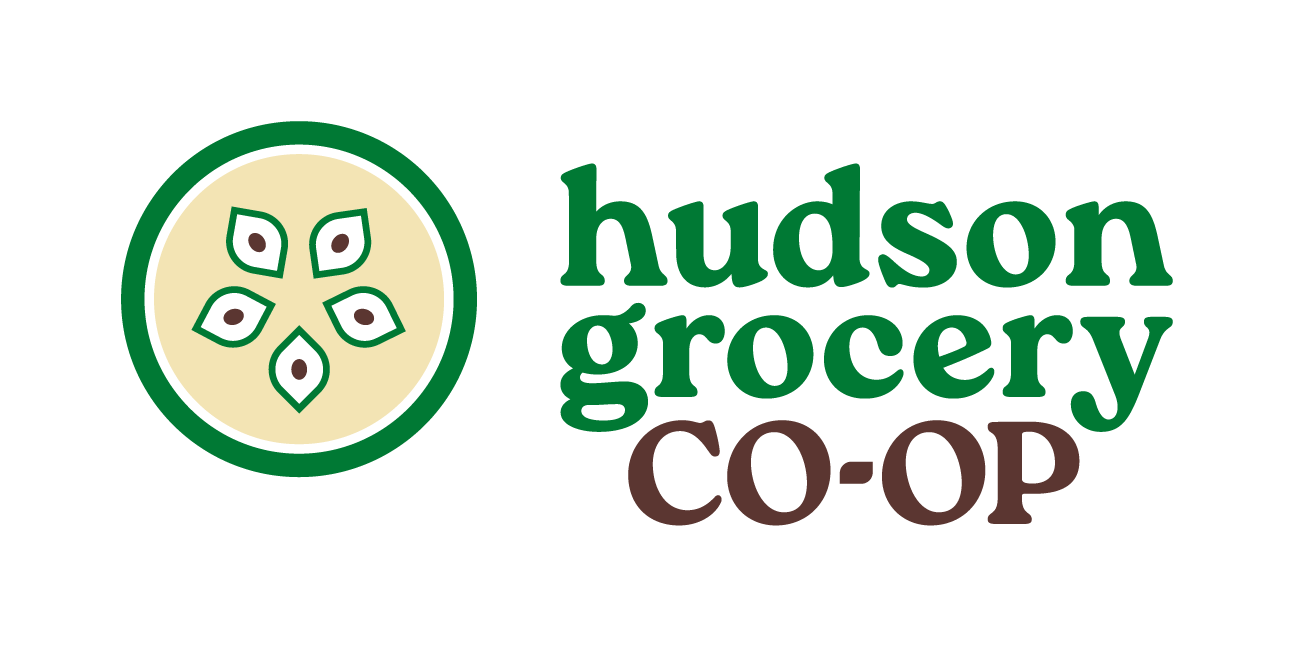
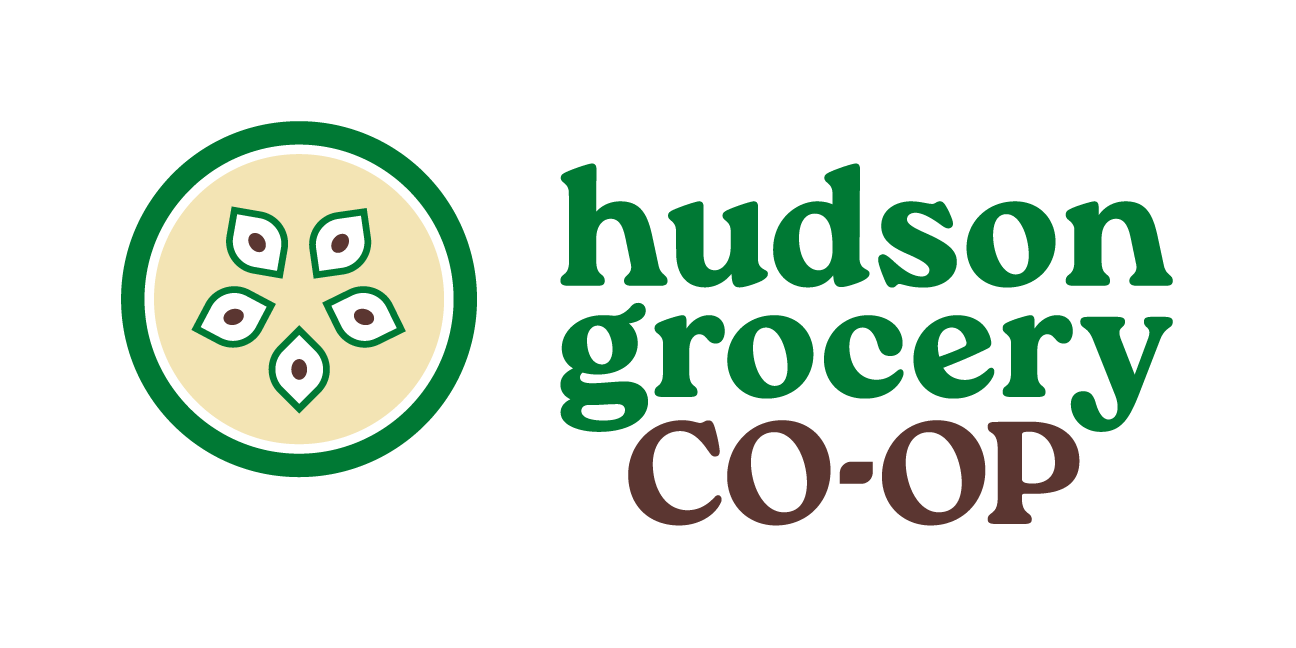
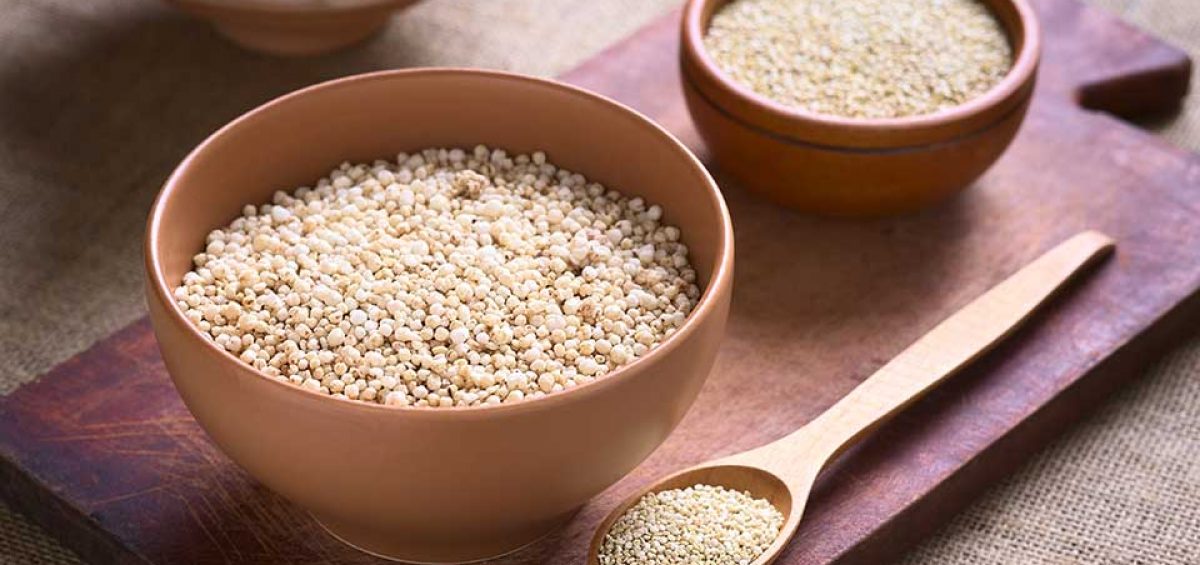

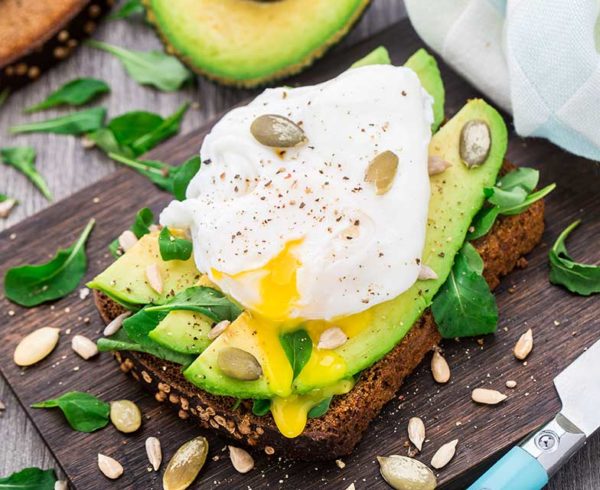

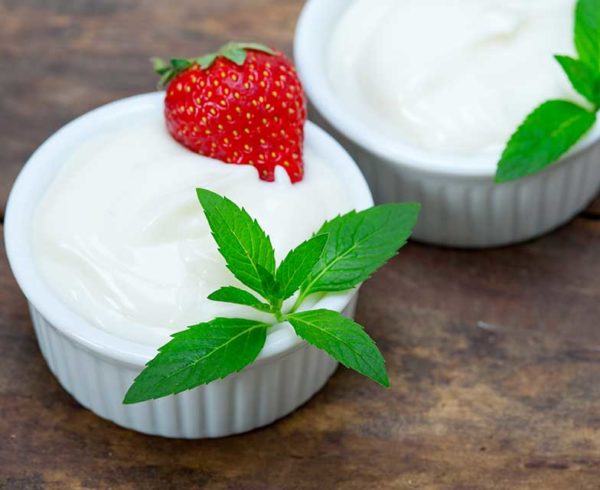
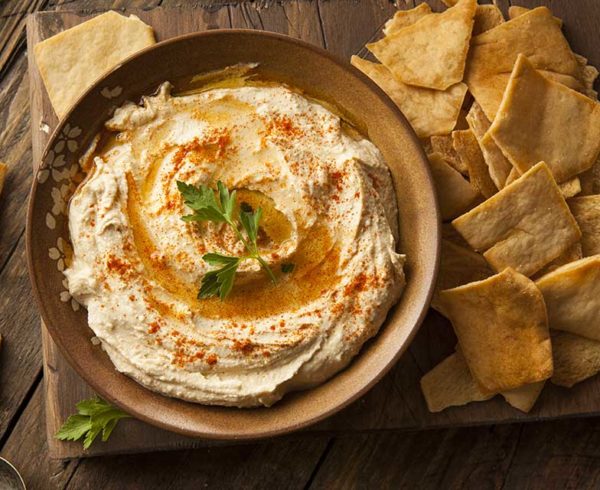
Leave a Comment